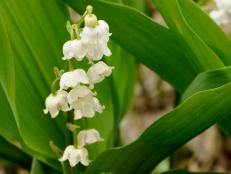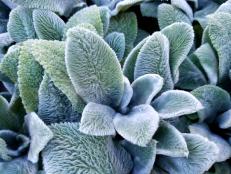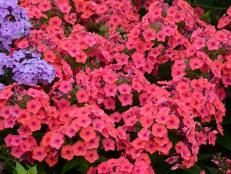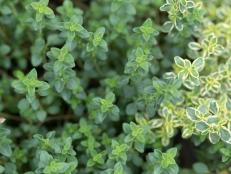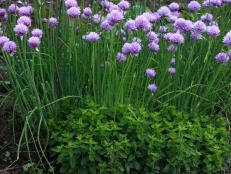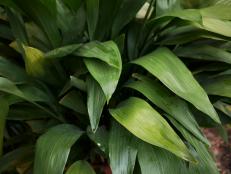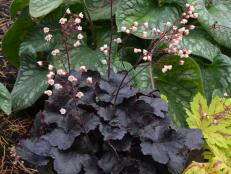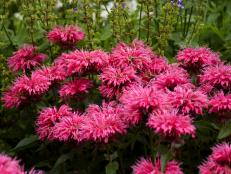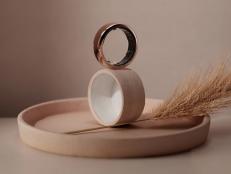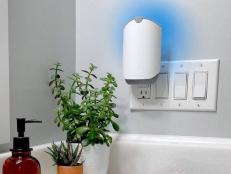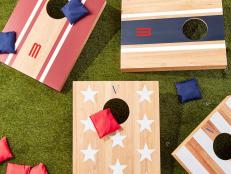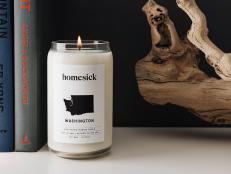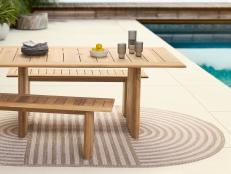How to Grow Giant Leopard Plant


If you’re trying to inject some bold texture into a shade garden look no farther than Giant Leopard Plant. This clump-forming perennial is prized for its waxy, showy foliage that lends a tropical, almost aquatic, look and remains evergreen in mild climates. In colder regions, it makes a great container plant that can be moved indoors in fall.
Hardy in zones 7 through 10, Giant Leopard Plant, Farfugium japonicum var. giganteum, includes several cultivars – some solid, some variegated – that add even more interest in the shade garden. In addition, in the fall the plant sends up stalks with small yellow daisy-like flowers. Use Giant Leopard Plant to give visual weight to a bed or as a contrasting foil for finely textured companion plants like ferns and sedges.
Native to the moist stream banks and meadows of Japan, Giant Leopard Plant grows best in deep shade but will tolerate partial shade just fine. It likes rich, humusy soil that is moist and never dries out.
The glossy, dark green leaves are rounded and kidney shaped, and can grow up to 18 inches across. They grow on stalks of two to three feet tall, extending from a clump with a spread equally as wide.
Most cultivars of Farfugium japonicum, formerly known as Ligularia, have shiny dark green leaves variegated with creamy white or yellow markings. The cultivar ‘Aureomaculata’, the basic leopard plant, has random yellow spots – hence the name – while ‘Argenteum’ has leaves mottled with creamy white margins. ‘Crispula’ (or ‘Crispata’), also known as “parsley ligularia,” features ruffled leaves.






